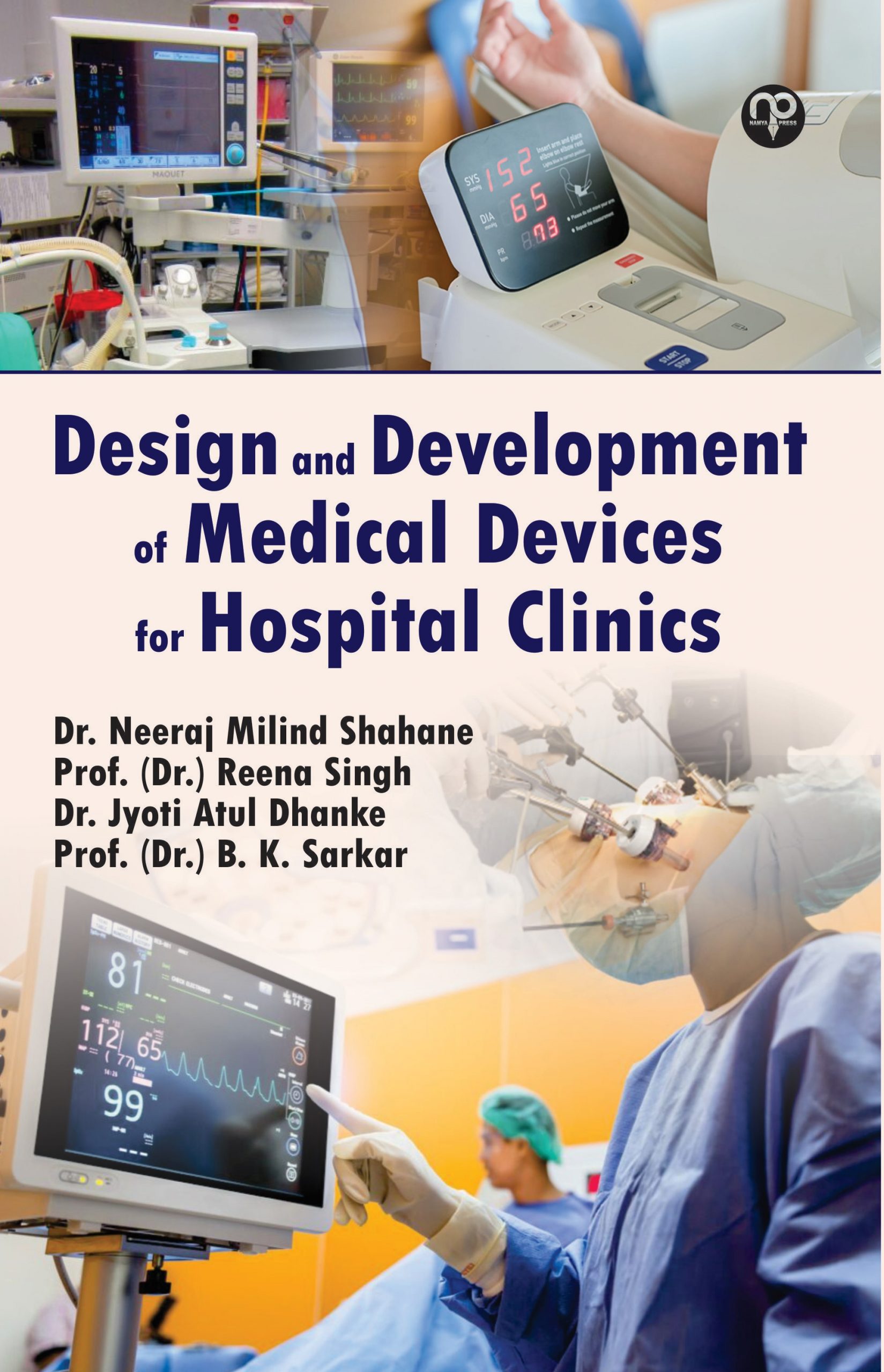Medical devices have a significant negative impact on the environment. The waste generated from medical devices has environmental as well as cost implications. While single-use devices are responsible for rising quantities of medical waste and inventory costs for hospitals, reused devices tend to get involved in cases of reinfection and are more expensive to develop for manufacturers. Beyond the benefits and risks of single use and reusable devices, the imperative for a less wasteful healthcare system in the United Kingdom lies in the Climate Change Act, which mandates the reduction of greenhouse gas emissions by 80% from the 1990 baseline.
Design and Development of Medical Devices for Hospital Clinics
Medical devices have a significant negative impact on the environment. The waste generated from medical devices has environmental as well as cost implications. While single-use devices are responsible for rising quantities of medical waste and inventory costs for hospitals, reused devices tend to get involved in cases of reinfection and are more expensive to develop for manufacturers. Beyond the benefits and risks of single use and reusable devices, the imperative for a less wasteful healthcare system in the United Kingdom lies in the Climate Change Act, which mandates the reduction of greenhouse gas emissions by 80% from the 1990 baseline.
| Weight | 0.300 kg |
|---|---|
| Dimensions | 22 × 15 × 2 cm |
| binding | Article, Article 1, eBook, Hardcover |
| Author |
Dr. Neeraj Milind Shahane |
| Publisher |
Namya press |
| Series |
eBook Hardcover |











